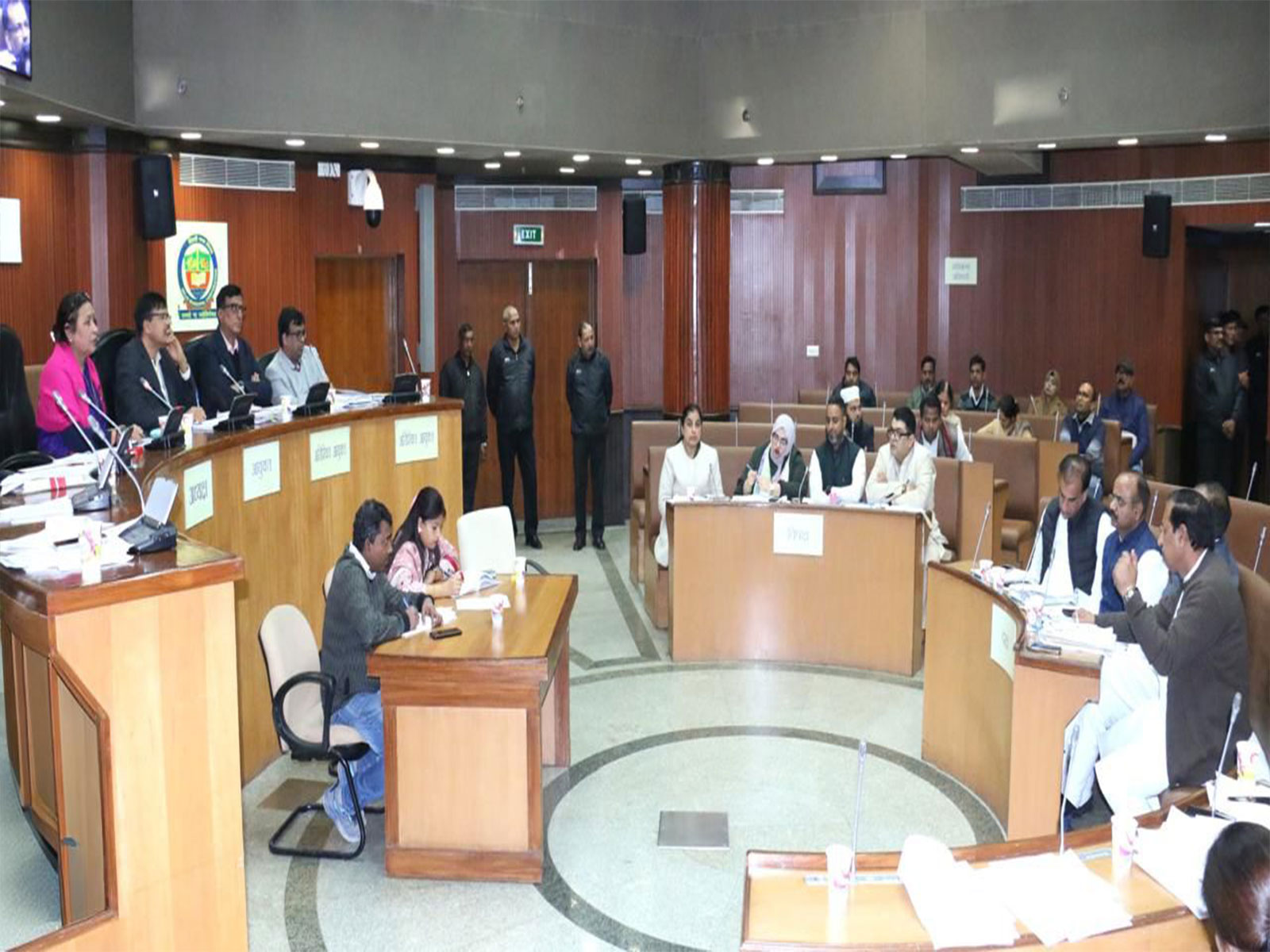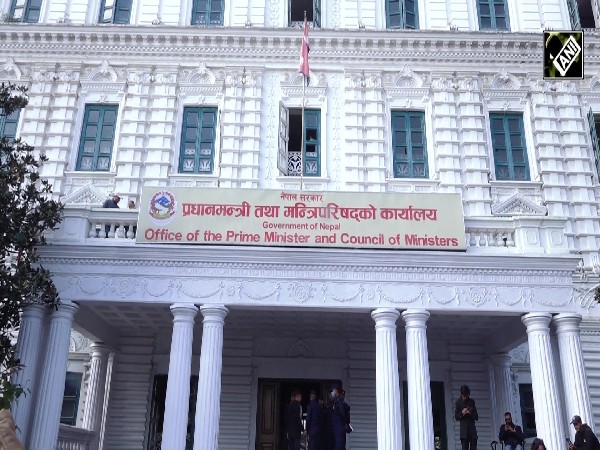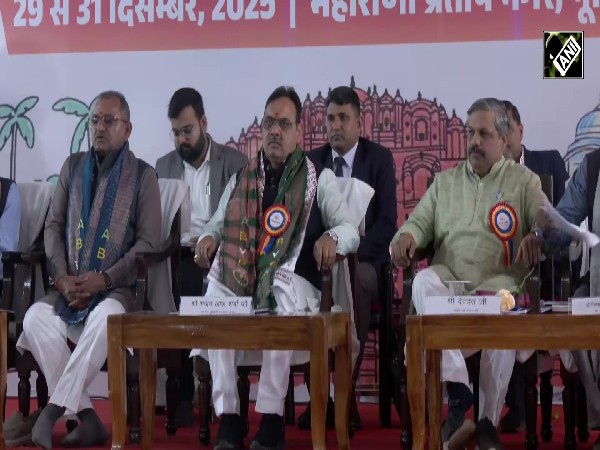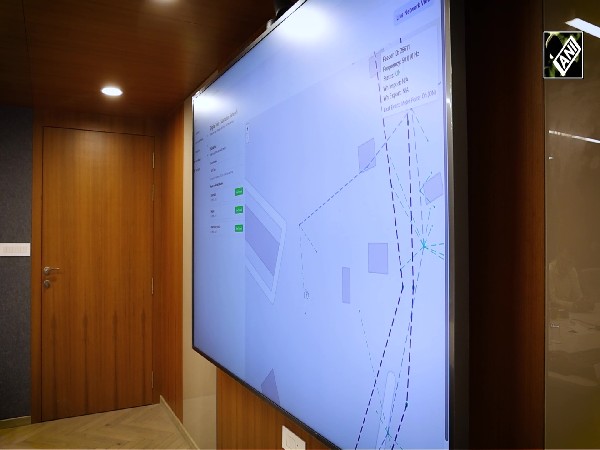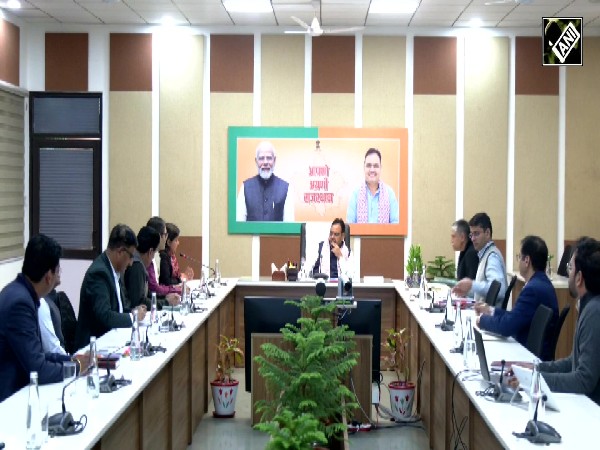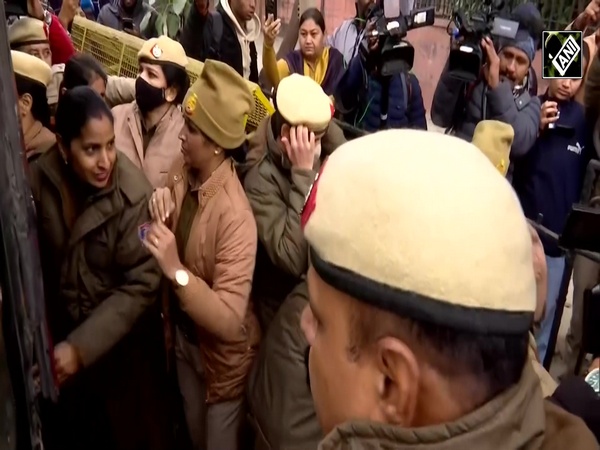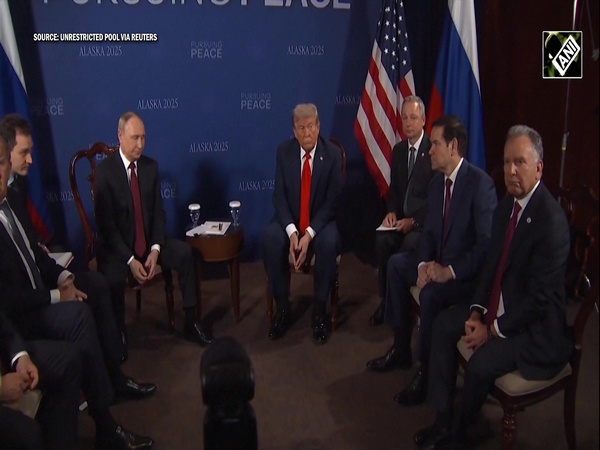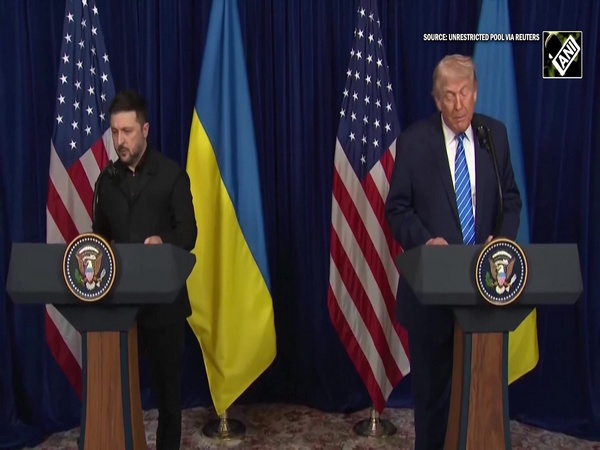“Chandrayaan-3 landing will definitely be successful”: Indian Institute of Astrophysics director Annapurni Subramaniam
Aug 22, 2023

Bengaluru (Karnataka) [India], August 22 : Ahead of the much-awaited soft landing of Chandrayaan-3 on the south pole of the Moon, Indian Institute of Astrophysics director Annapurni Subramaniam said the problems faced during the Chandrayaan-2 landing were identified and corrected, adding that she expects the mission to be successful.
“In order to overcome the problem which was faced in Chandrayaan-2, extensive tests have been done and also identified exactly what were the problems and the nominal parameters,” Subramaniam told ANI.
“Such extensive testing and simulations have been done and therefore we expect that the landing will definitely be achieved this time…So the lander is expected to soft land. And because sufficient and careful preparations were done, we expect that it will be definitely successful,” she said.
After Russia's Luna-25 mission failed, all eyes will be on India as its Chandrayaan-3 is set to land on the moon on August 23, 2023 (Wednesday), around 18:04 IST.
On Monday, ISRO released images of the lunar far side area captured by the Lander Hazard Detection and Avoidance Camera (LHDAC). This camera assists in locating a safe landing area -- without boulders or deep trenches -- during the descent.
In a significant development, the Chandrayaan-2 orbiter which was still orbiting around the moon established a two-way connection with the lander module of Chandrayaan-3 on Monday.
Live action of the Lunar landing will be available on the ISRO website, its YouTube channel, Facebook, and public broadcaster DD National TV from 17:27 IST on Aug 23, 2023.
Notably, the 'Vikram' lander module of the spacecraft successfully separated from the propulsion module on Thursday, and subsequently underwent crucial deboosting manoeuvres and descended to a slightly lower orbit. The Chandrayaan-3 mission's lander is named after Vikram Sarabhai (1919–1971), who is widely regarded as the father of the Indian space programme.
A GSLV Mark 3 (LVM 3) heavy-lift launch vehicle was used for the launch of the spacecraft that was placed in the lunar orbit on August 5 and since then it has been through a series of orbital manoeuvres been lowered closer to the moon’s surface.
It has been a month and eight days since the Indian Space Research Organisation launched the Chandrayaan-3 mission on July 14. The spacecraft was launched from the Satish Dhawan Space Centre in Andhra Pradesh’s Sriharikota.
The stated objectives of Chandrayaan-3, India's third lunar mission, are safe and soft landing, rover roving on the moon's surface, and in-situ scientific experiments. The approved cost of Chandrayaan-3 is Rs 250 crores (excluding launch vehicle cost).
India will be the fourth country in the world to achieve this feat after the United States, Russia, and China, but India will be the only country in the world to land on the lunar south pole.
Chandrayaan-3’s development phase commenced in January 2020 with the launch planned sometime in 2021. However, the Covid-19 pandemic brought an unforeseen delay to the mission's progress.
Notably, Chandrayaan-1 mission discovered the presence of water on the surface of the Moon, which was a new revelation for the world and even the most premier Space agencies like the USA’s NASA (National Aeronautics and Space Administration) were fascinated by this discovery and used the inputs for their further experiments.

